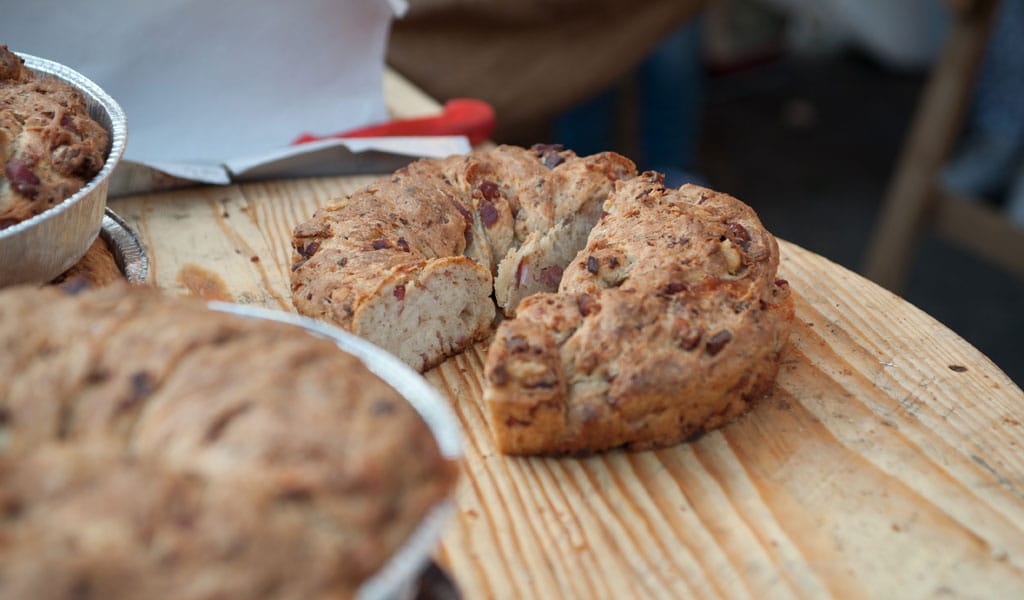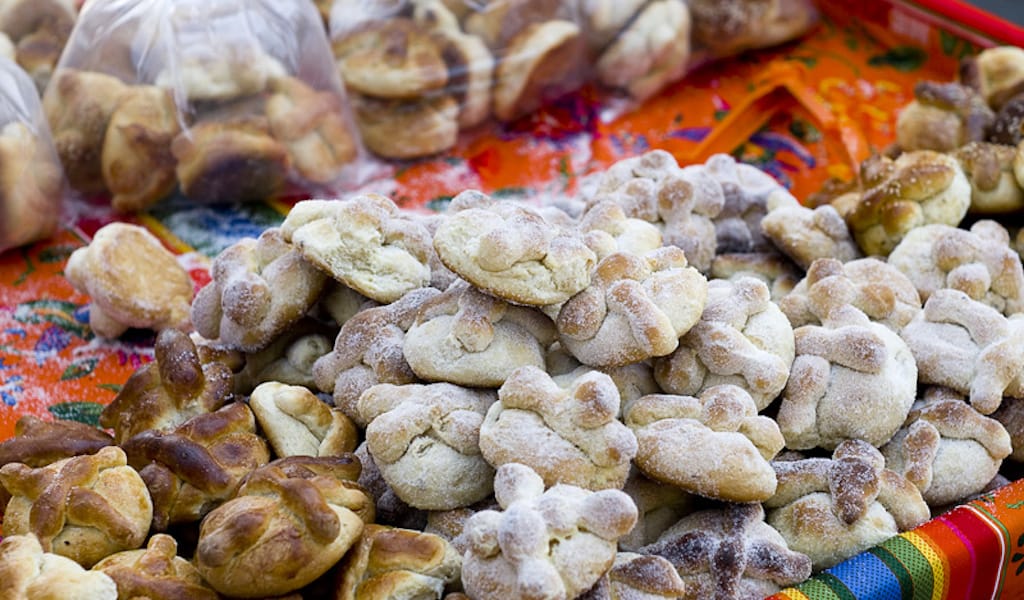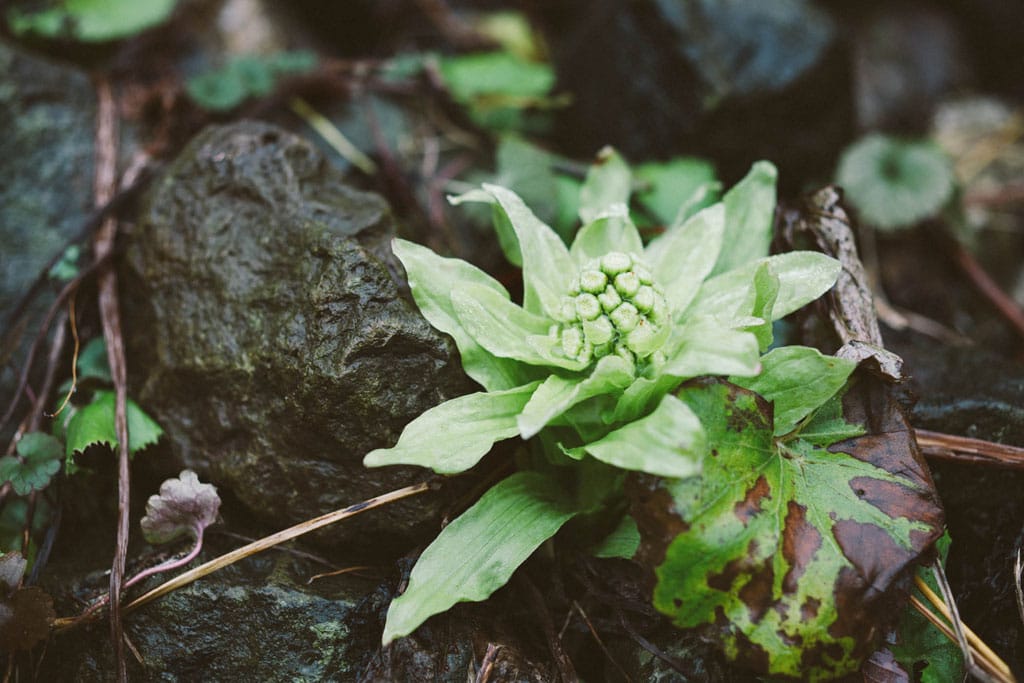In past centuries, ones of economic hardship, Neapolitans’ ancestors feasted only during religious holidays. It was easier then to distinguish the piatti delle feste, feasting foods, by their richness and variety.
In these more prosperous times, and with the availability of raw materials throughout the year, these lavish dishes can be prepared virtually any time, which makes it seem difficult to talk about “festive meals.”
However, with the approach of Easter (and Christmas), many Neapolitans, beyond their religious beliefs, are seized by an irresistible desire to return to family traditions and to eat the dishes prepared by their forebears.
And thus begins the debate on what, exactly, our real Easter dishes are. On some rules, there’s consensus: fish and lean eating during Holy Week, mussel soup on Holy Thursday, vegetables and meat at the requisite big Easter lunch.
Some foods are compulsory, eaten out of devotion, as if they were written in the genetic heritage of Neapolitans. For instance, In Naples, it’s not Easter without fellata (the blessed dish), oven-roasted kid goat, artichokes or pastiera. But above all, it’s not Easter without tortano and casatiello.
These two savory pies are the real queens of the Easter season, the stars of each appetizer, meal and after meals. The tortano is even essential to the compulsory open-air outing that all Neapolitans do the Monday after Easter.
Casatiello is a typical rustic preparation whose name comes from the Latin caseum (cheese), and true to its name, it’s stuffed with various types of cheese. Four eggs, uncooked and in the shell, are inserted into the dough on the top before the pie is baked. The eggs are fixed to the crust with two strips of dough in the shape of a cross.
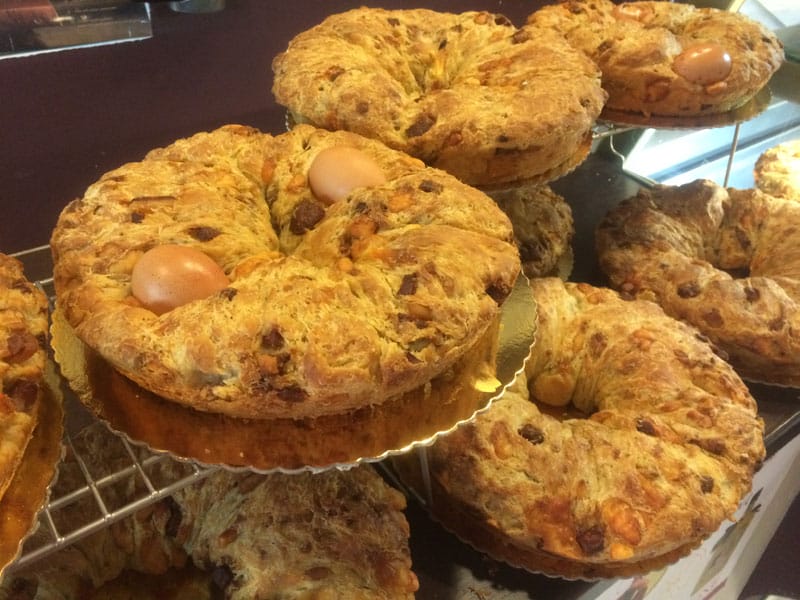
The tortano is made with the same dough, but the filling is much more complex and rich: various cheeses, pork cracklings, salami, mortadella. The eggs are present, of course, but are boiled first, cut into wedges and placed inside.
But the most essential ingredient of the Neapolitan tortano is lard, a component that can never be replaced by oil or butter; some housewives, more attentive to the false line taboo than to the rules of healthy traditional Neapolitan cuisine, do not use lard in their tortano. And we believe their punishment should be expulsion from the Neapolitan food community!
In Naples, of course, there’s a saying (in Naples, there’s always a saying): “You are a tortano without lard.” It means you’re a boring person – heavy, unbearable, not digestible, as a tortano would be without its key ingredient.
So let’s forget about diets and devour a lovely slice of tortano. If we must sin, let’s make it a good one.
Editor’s note: It’s Spring Week at Culinary Backstreets, and we’re celebrating with dispatches about warm-weather favorites from a few of the cities we cover.
Gastronomia Ambrosino
Address: Via M. Kerbaker 54
Telephone: +39 081 556 4722
Hours: Mon.-Sat. 8am-8pm; Sun. 8am-1pm
Panificio Coppola
Address: Via Pignasecca 35
Telephone: +39 081 552 0299
Hours: Mon.-Sat. 8am-8pm; Sun. 8am-1pm
Forno Rescigno
Address: Via Domenico Cirillo 74
Telephone: +39 081 457 033
Hours: Mon.-Sat. 8am-8pm; Sun. 8am-1pm
Forno Marigliano Giovanni
Address: Via Ferrara 38
Telephone: +39 081 201 856
Hours: 8am-8pm
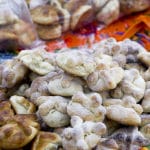 October 26, 2017 Día de los Muertos
October 26, 2017 Día de los Muertos
Día de los Muertos (Day of the Dead), or at least some variation of it, has been an […] Posted in Mexico City April 1, 2024 Pastiera
April 1, 2024 Pastiera
Like the Proustian madeleine, sweets can stir up all kinds of feelings in the minds of […] Posted in Naples May 2, 2023 Spring Gone Wild
May 2, 2023 Spring Gone Wild
One of the great joys of spring in Japan is anticipating the appearance of sansai, or […] Posted in Tokyo
Published on April 19, 2017
Related stories
October 26, 2017
Mexico CityDía de los Muertos (Day of the Dead), or at least some variation of it, has been an annual celebration in Mexico for over 3,000 years. During the Aztec period, it took the form of a festival in August dedicated to Mictecacihuatl, otherwise known as the Lady of the Dead, who was the ruler of…
April 1, 2024
NaplesLike the Proustian madeleine, sweets can stir up all kinds of feelings in the minds of those who eat them. In Naples, struffoli (small, round doughnuts glazed with honey) and cassata (sponge cake with ricotta and candied fruit) speak of Christmas, while chiacchiere (sugar-dusted fritters) and sanguinaccio (literally “blood pudding,” but actually made of chocolate)…
May 2, 2023
TokyoOne of the great joys of spring in Japan is anticipating the appearance of sansai, or mountain vegetables. When cherry blossoms begin to flutter on warming breezes, hikers take to the hills to forage for the first wild edibles. Supermarkets mount special displays of packaged (and unfortunately often hot-house-raised) young sprouted leaves, shoots and tubers.…







































